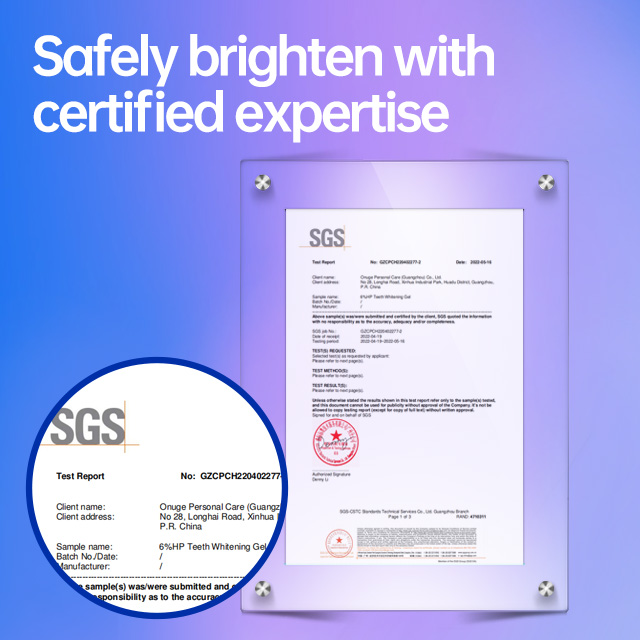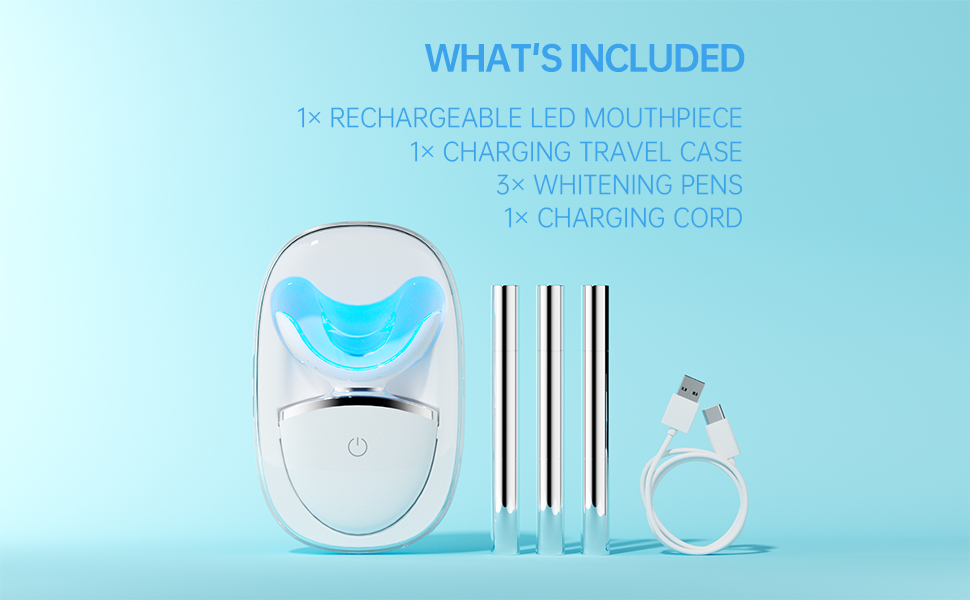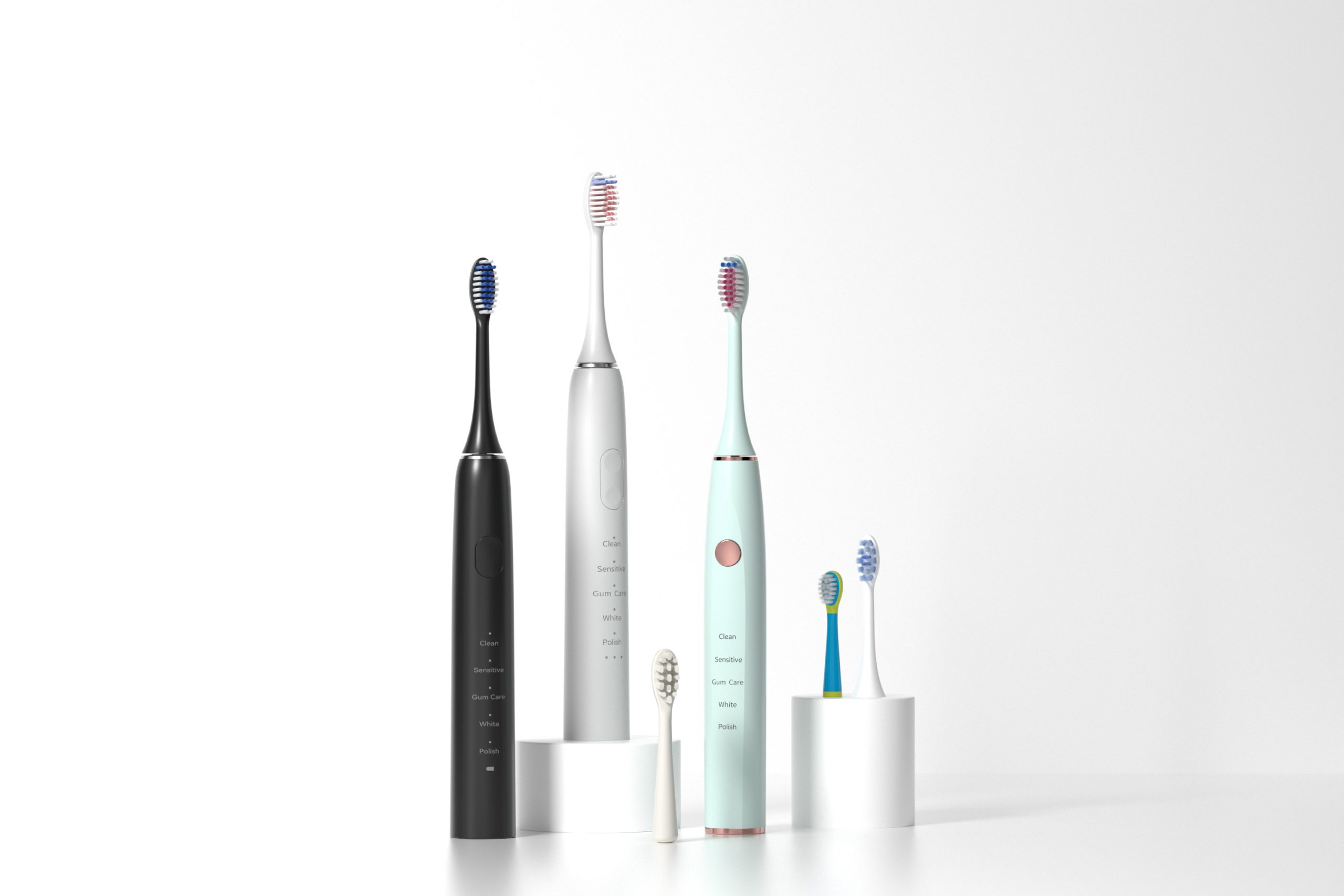In the competitive world of personal care device manufacturing, cosmetic defects are often considered secondary. However, when brush discoloration becomes a recurring issue, it may be more than a visual flaw—it can be an early sign of material degradation that leads to allergy outbreaks among users. This blog explores how these two seemingly unrelated issues are in fact closely connected, and what manufacturers must do to address them.
Brush discoloration refers to changes in color or surface texture of bristles over time or after limited usage. Common causes include:
While often dismissed as cosmetic, this discoloration may reflect chemical instability—raising red flags for B2B buyers concerned about quality and safety.
Discolored bristles may signal deeper material breakdown. During degradation, polymers can release residual monomers, plasticizers, or dyes, many of which are known skin or mucosal irritants. These substances may cause:
Thus, the visual cue of brush discoloration could be the first symptom of a larger health issue. Company web:https://www.powsmart.com/product/electric-toothbrush/
The following risk factors tend to exacerbate reactions:
Any of these conditions can turn a discolored brush into a hidden allergen source.
From a B2B manufacturing perspective, the issue of allergy outbreaks tied to brush discoloration can result in:
Ignoring discoloration risks creates long-term liability—not just aesthetic dissatisfaction.
To ensure product safety and quality, OEM/ODM manufacturers should:
Early detection and rigorous material screening are critical in preventing downstream allergic reactions.
In a market where end-users are increasingly health-conscious, positioning your brand as allergy-safe can be a major differentiator. Proactively addressing brush discoloration and preventing potential allergy outbreaks sends a powerful message of responsibility and product excellence.
While brush discoloration may seem like a minor issue at first glance, its potential link to allergy outbreaks cannot be ignored in quality-focused manufacturing. By understanding and addressing the root causes of material degradation, manufacturers can deliver safer, more reliable oral care products that protect both user health and brand reputation. Contact us
.jpg)
.jpg)
.jpg)
Can a Magnetic Levitation Motor Define a Quiet Toothbrush Manufacturer?
.jpg)
Why Consumers Prefer electric vs manual toothbrush – And How Brands Can Benefit

Teeth Whitener Regulations in EU & US: Strategic OEM Manufacturing Insights
Professional Whitening Electric Toothbrush Supplier | Advanced LED Oral Care by Powsmart
Runtime Shortening with Connection Drops – Fixable?
Eco-Friendly Bamboo Electric Toothbrush Manufacturer: A Greener Future for Oral Care

Enamel-Safe Whitening: OEM Products That Brighten Smiles Without Harm

How Do Salons Do the Whitening Teeth Products Business? An OEM Supplier’s Insight
.jpg)
Why is UV Sanitizing Toothbrush Technology Key to Advanced Bacteria Reduction Technology?
Fast-Charge Electric Toothbrush OEM | Rapid Charging & Global Standards

Troubleshooting Electric Toothbrush Problems: A Guide for Brands & Factories
Filter Clogging Leading to Slow Charging?

How Does Expert Electric Toothbrush Mold Design Benefit a Custom Toothbrush Factory?
Waterproof Sonic Toothbrush for Spas | Professional LED Oral Care Devices
.jpg)
The Ultimate Guide to Purchasing Water Flosser from China for Maximum Value
Hose Rupture and Gum Discomfort – Related?

electric toothbrush heads Charcoal Infuse-Round
.jpg)
Florida Electric Toothbrush – Powsmart PTR-C8

electric toothbrush heads Deep Clean

electric toothbrush heads Regular Clean

electric toothbrush heads Ultra Soft

Electric toothbrush heads Charcoal Infused-Diamond

Private Label Whitening Gel

Customization Teeth Whitening Gel
whstapp
whstapp
National Toll-Free Service Hotline
+86 755 86238638